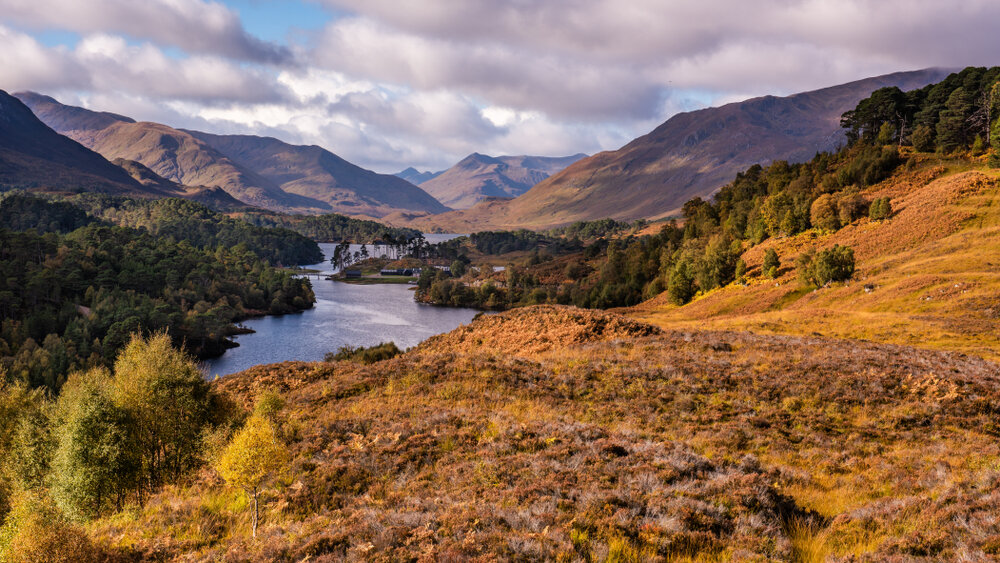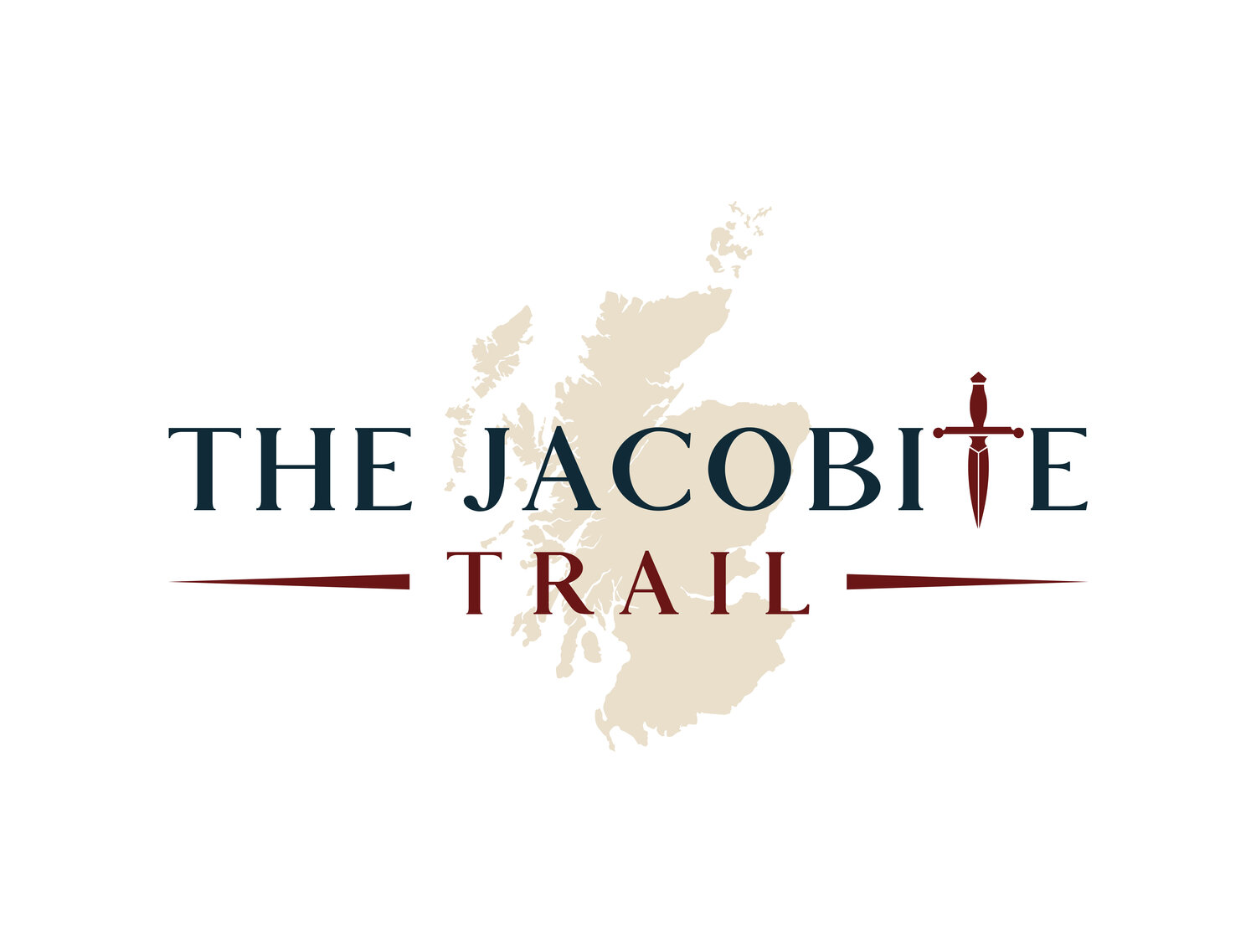
Glen Affric
• West Highlands and Islands •
Considered by many to be Scotland’s most beautiful valley, it is hard to imagine the scenes that took place at the Battle of Glen Affric in 1721 when you visit this peaceful spot today.
The River Affric runs along the length of Glen Affric, which is located south-west of the village of Cannich in the Highland region of Scotland, some 15 miles to the west of Loch Ness. A minor public road reaches as far as the end of Loch Beinn a' Mheadhoin, but beyond that point only rough tracks and footpaths continue along the glen.
The Battle of Glen Affric
The chiefs of the Highland Clan Ross had supported the British-Hanoverian Government during the Jacobite rising of 1715. The Jacobites were ultimately defeated at the Battle of Sheriffmuir, and another attempted rising had been defeated at the Battle of Glenshiel in 1719, where troops from the Clan Ross had again fought in support of the Government.
William Mackenzie, 5th Earl of Seaforth, chief of Clan Mackenzie and a Jacobite, had been exiled in France for his part in the Jacobite rising of 1715 and had also returned briefly to Scotland to take part in the Jacobite rising of 1719, before returning to exile in France.
In 1720 two members of the Clan Ross - William Ross and his brother Robert Ross - had been appointed as factors on the estates of Mackenzie of Seaforth, Chisholm and Glenmoriston. The following year, in 1721, they went on an expedition to collect rents on these estates. The Rosses set off from Inverness with thirty armed men, picking up a further fifty armed men from Bernera Barracks.
While on their journey to Mackenzie of Seaforth's lands in Kintail, the Rosses who were attended by just a small company of soldiers met three hundred men of the Clan Mackenzie and their allies the Clan Macrae in Glen Affric. Colonel Donald Murchison was Mackenzie of Seaforth's factor who had been collecting rents and sending them to his master in France.
A skirmish took place between the two sides in which the Rosses were outnumbered from the start. William Ross of Easter Fearn was the first to be wounded by shots fired at him from his right. However, he continued to give orders to his troops to advance and clear the ground of lurking clansmen. They had some success in this respect and were able to proceed to a narrow gorge in Kintail which led into Loch Affric, where they were ambushed once again by Murchison's men.
William Ross's son Walter Ross and also his nephew William Ross were also wounded. Realising that further resistance was useless William Ross met Colonel Murchison between the lines and discussion took place. The Rosses agreed to return home, promising never again to officiate as factors and as a token of sincerity handed their commissions to Donald Murchison.
Walter Ross died of his wounds. Colonel Murchison insisted on escorting his foes past a thicket where he alleged a "blood thirsty" party from the Clan Cameron lurked. On reaching Beauly, Walter Ross was buried in Beauly Priory. A second unsuccessful attempt was made by Government troops to seize Mackenzie of Seaforth's lands by force, in which the Battle of Coille Bhan was indecisive.
Visitor Information - Glen Affric
Glen Affric, often described as the most beautiful glen in Scotland, stretches for some 30 miles from Kintail in the west to within a couple of miles of Cannich in Strathglass. As well as it’s historical significance, the forests and open landscapes of the glen, and the mountains on either side, are a popular destination for hikers, climbers and mountain bikers
Getting There
Location
Glen Affric
Cannich,
Beauly
IV4 7LY
What3Words reference
///elastic.nightlife.constants

